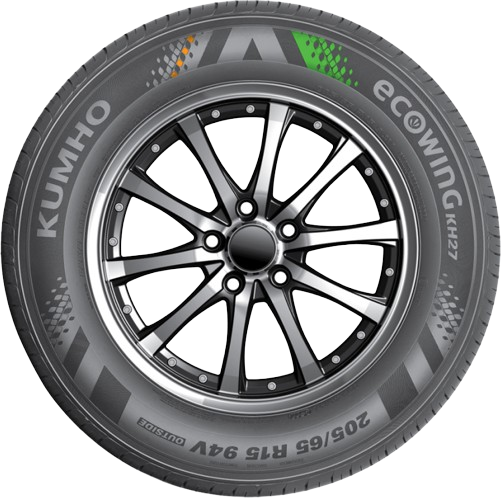The Science

Factory Tires
Material compositions vary widely. Typical ingredients include natural & synthetic rubber, silica, polyester, carbon black, and petroleum. Learn more. Tires are molded and the resulting surface is soft and possesses a matte finish after demolding.
Due to the surface properties based on chemistry and the manufacturing process, tires are susceptible to scratching, soiling, and discoloration.
Our chemistry and treatment process result in a tire that is aesthetically pleasing, stable, and resistant to soiling. The treatment process involves 6 individual steps to ensure aesthetics, uniformity and stability over life of the tires. The formulation is prepared according to the specifications and quality control involved in the in-house manufacturing process.


Treatment Prep
Tire treatment begins with a thorough cleaning of the tire using a specific aqueous solution. This removes dust, dirt, and sticky materials. Heavily soiled tires are brushed. The tire surface is subsequently exposed to a plasma to ensure excellent adhesion of the components used in the treatment.

Chemistry & Application

Polymerization & Curing
The “Patent Pending” formulation is applied to the outside surface of each tire. Polymerization is allowed to occur which anchors the material to the rubber surface and also provides for a tough cross-linked polymer.
